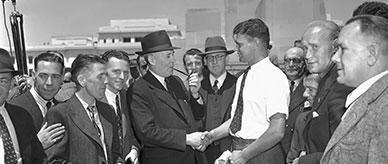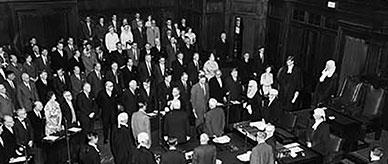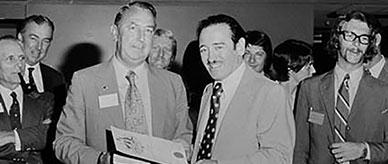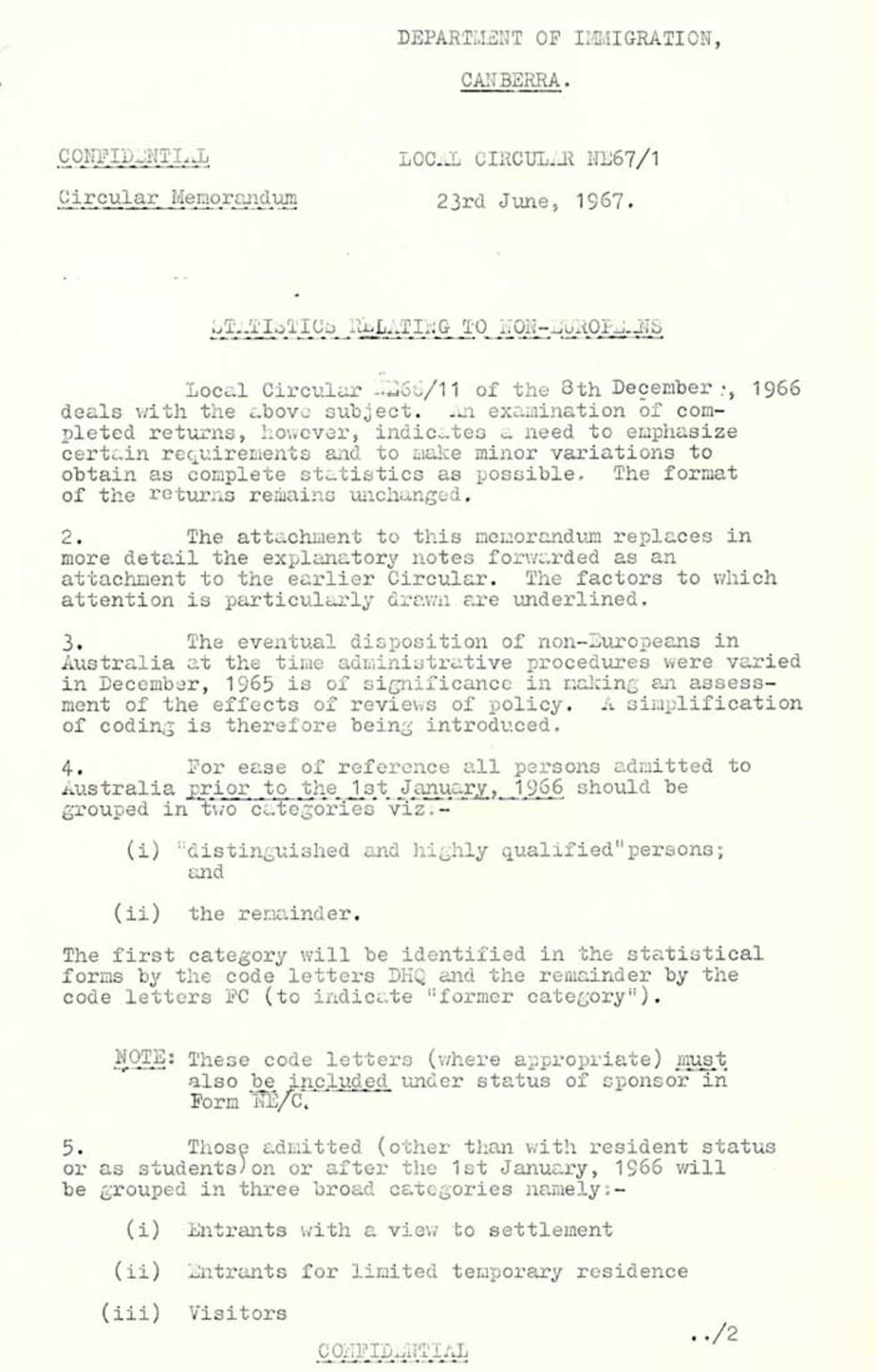
Confidential circular memorandum with instructions attached - page 1.
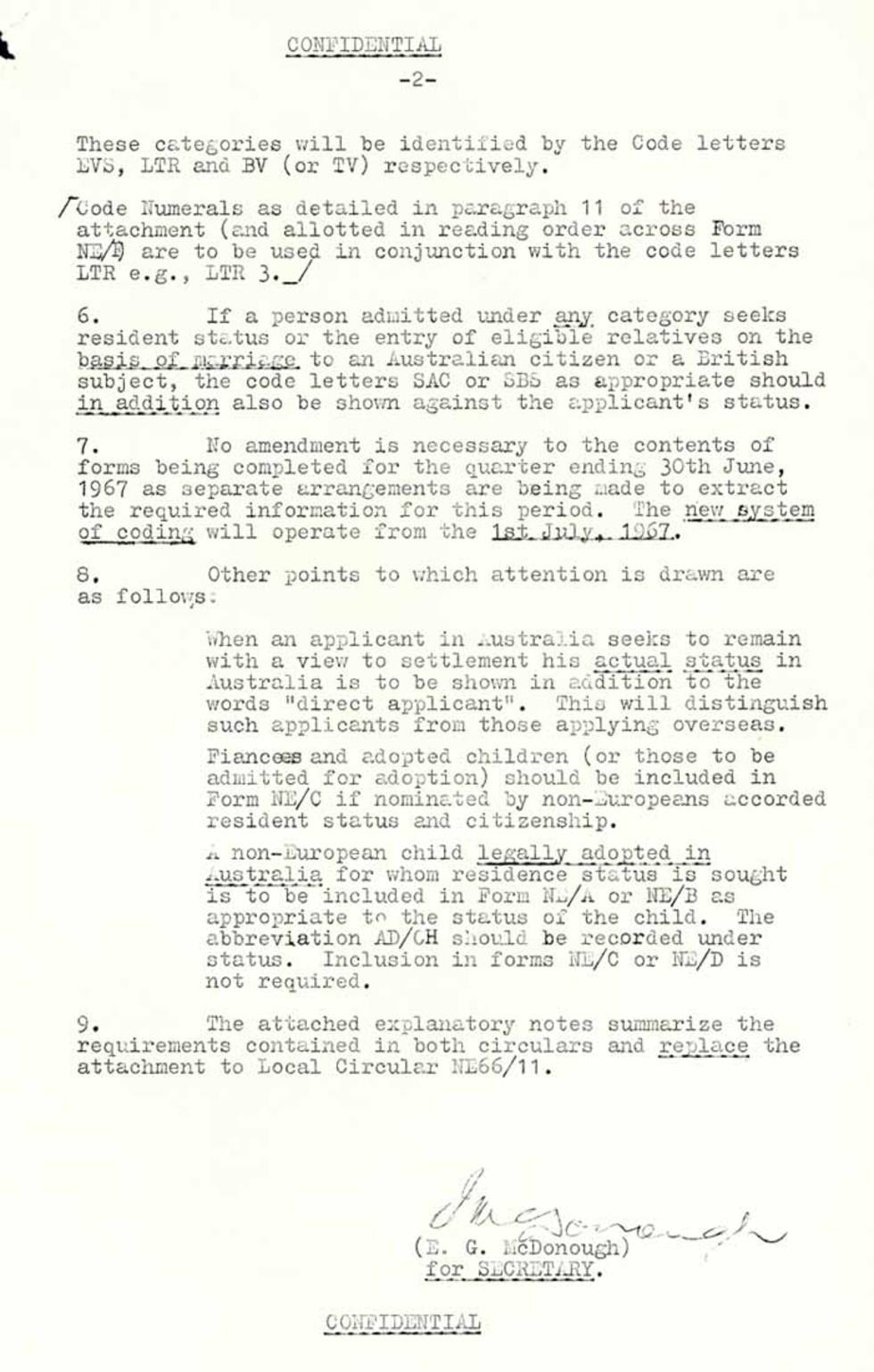
Confidential circular memorandum with instructions attached - page 2.
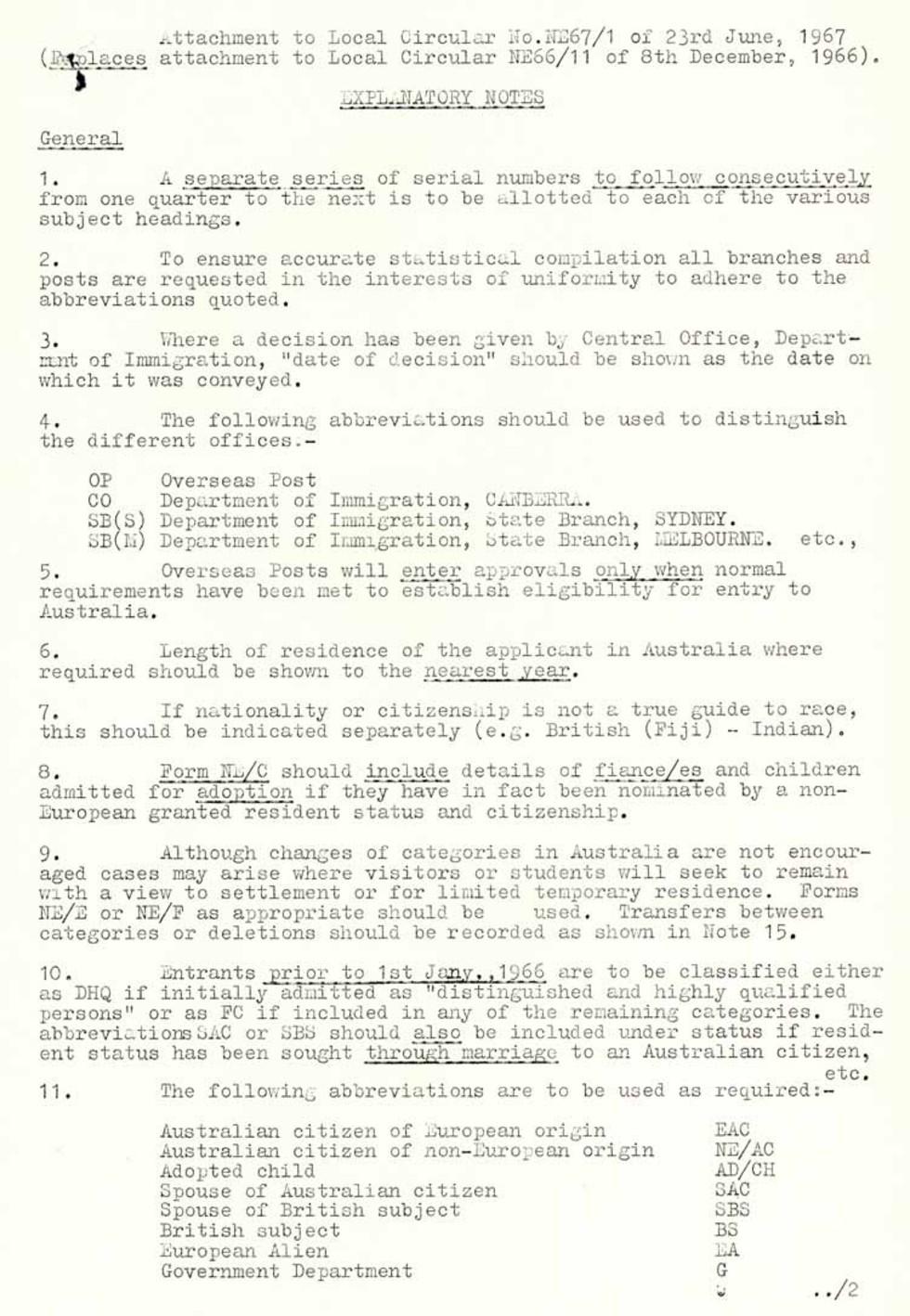
Confidential circular memorandum with instructions attached - page 3.
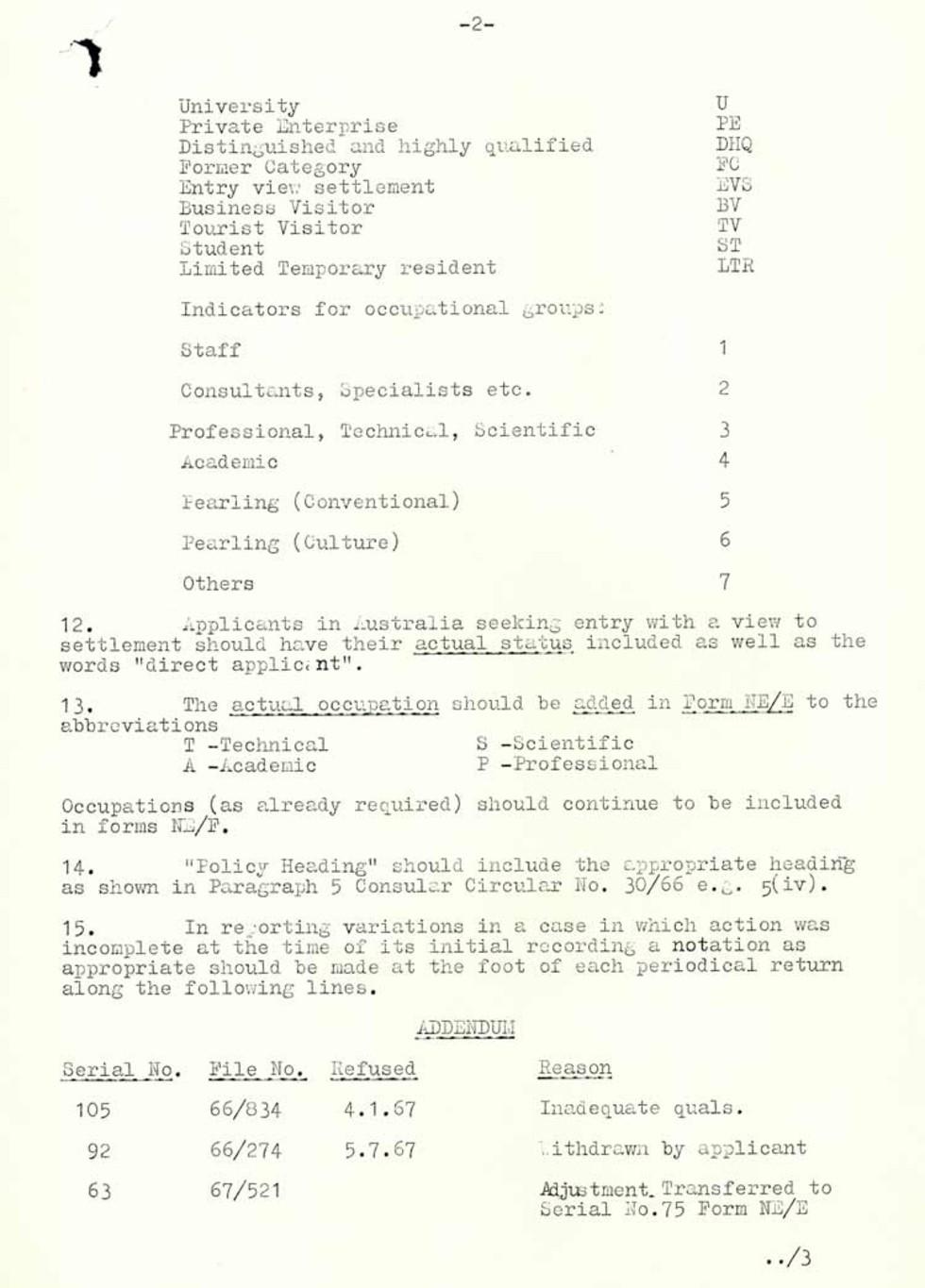
Confidential circular memorandum with instructions attached - page 4.
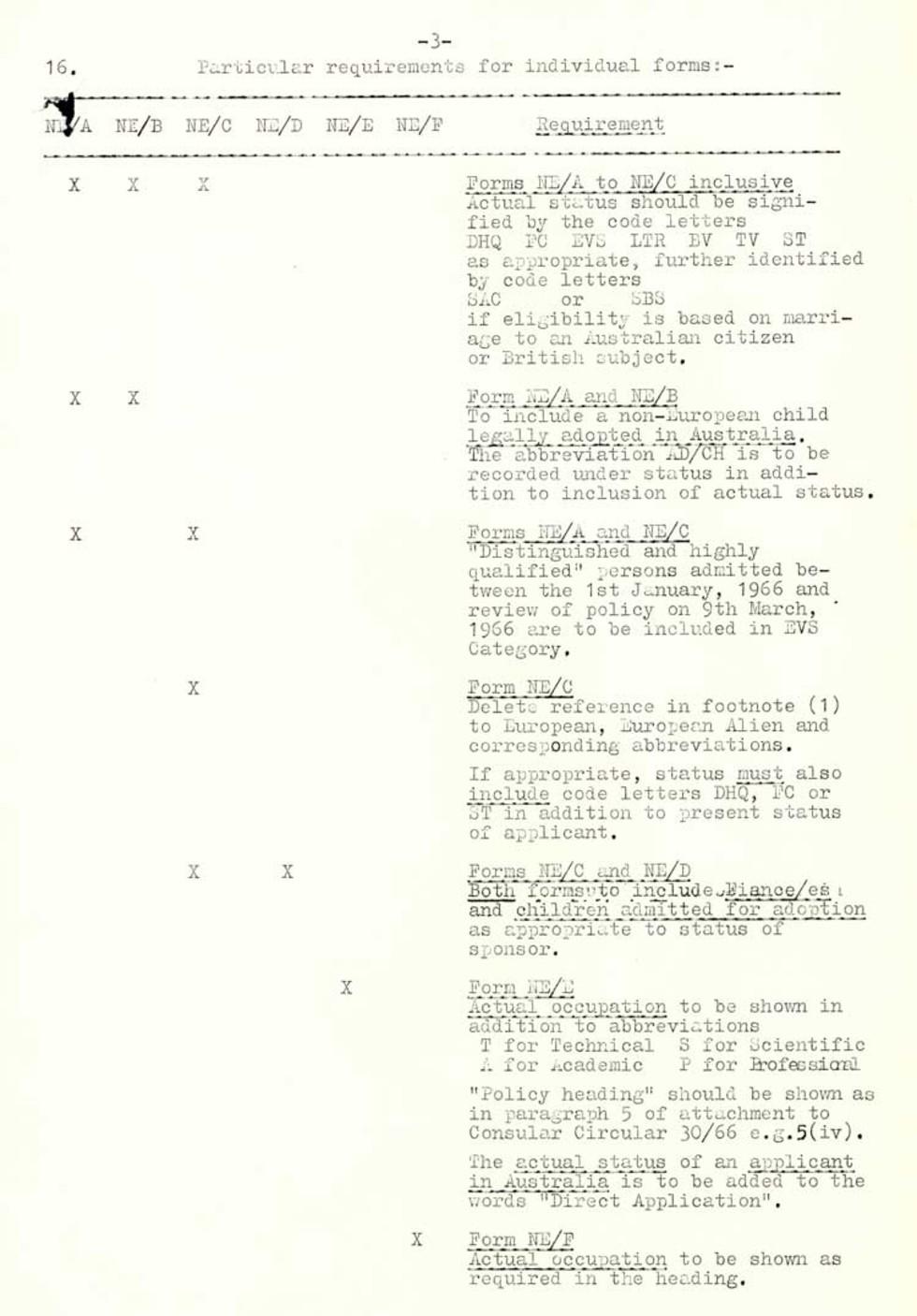
Confidential circular memorandum with instructions attached - page 5.


